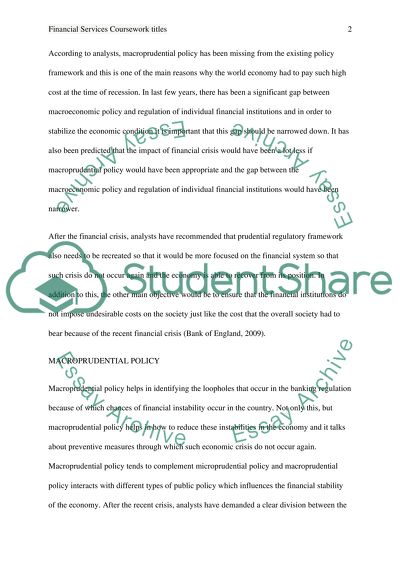Cite this document
(“Financial Services Coursework titles Essay Example | Topics and Well Written Essays - 2250 words”, n.d.)
Retrieved de https://studentshare.org/finance-accounting/1392143-financial-services-coursework-titles
Retrieved de https://studentshare.org/finance-accounting/1392143-financial-services-coursework-titles
(Financial Services Coursework Titles Essay Example | Topics and Well Written Essays - 2250 Words)
https://studentshare.org/finance-accounting/1392143-financial-services-coursework-titles.
https://studentshare.org/finance-accounting/1392143-financial-services-coursework-titles.
“Financial Services Coursework Titles Essay Example | Topics and Well Written Essays - 2250 Words”, n.d. https://studentshare.org/finance-accounting/1392143-financial-services-coursework-titles.


